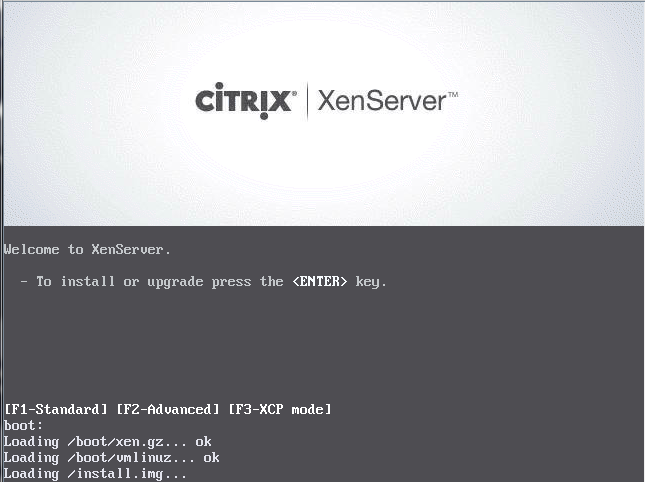If you have selected the minimal install option you might be surprised by just how minimal it is; one example is that the ifconfig command is not available. The command yum install ifconfig doesn’t work – it’s part of another broader package. We can find out which one that is by running:
yum provides ifconfig
Through that we can see that the net-tools package installs it. Run:
yum install net-tools
…and you should be able to now use ifconfig.
